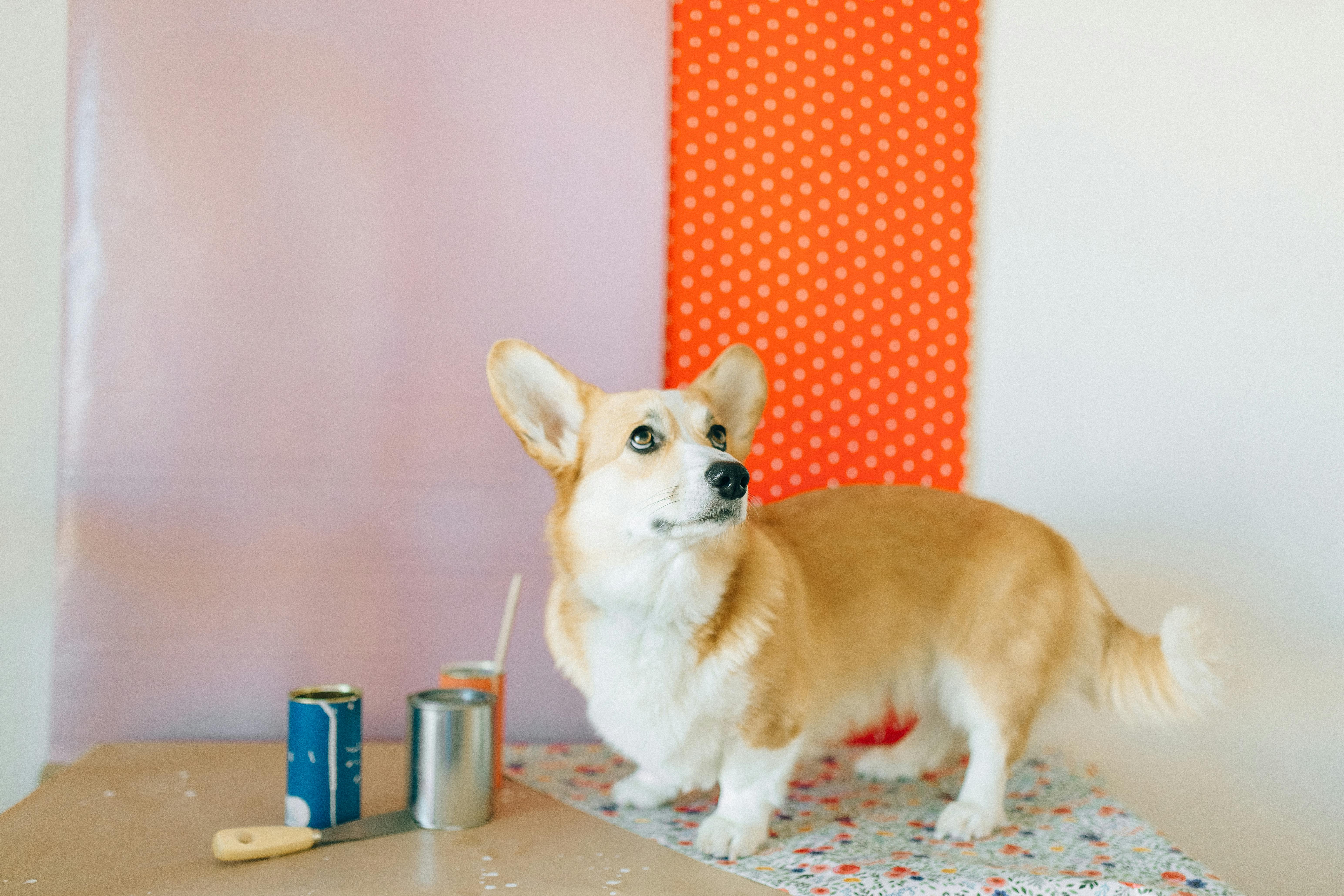You’re in the park with your French Bulldog “Simon” one day and you see someone pointing out what looks like a small garage door opener to their golden retriever. Wondering if he stepped on a movie set, watch for a minute to see what’s going on. The golden retriever sits up, a loud click is heard, and a treat is given. And you are left wondering what just happened.
The principles behind clicker training were first introduced to the world in 1910 by Col. Konrad Most in his book Training Dogs – A Manual. Originally published in German, it was not until 1954 that it was translated into English. The first dog trainer to use a clicker was Keller Breland, who introduced the concept to the world of marine animals in the 1950s. Moving through history, in 1984 Karen Pryor wrote Don’t Shoot the Dog, which attracted the attention of Gary Wilkes, who was the first trainer since Breland to use clicker training extensively. Thanks to the Internet, clicker training has spread rapidly throughout the world of dog training and has become increasingly popular.
The concept behind clicker training is to associate the noise of the ‘click’ with the behavior you want your dog to have. Summary: One, the puppy does something you want him to do, two, “click” the clicker, and three, give him a treat. The goal is to press the clicker at the exact moment that Simon is doing the desired behavior. Then your pup associates the click with what he has done correctly and he will receive a treat. There is a different opinion on how to make Simon, for example, sit in the first place. One point of view is to attach a verbal command; the other is to entice Simon to sit down, or wait until Simon is lonely and then click and award him.
Proponents of clicker training claim that it significantly reduces training time and that the clicking noise is pleasant for dogs. It takes less time to ‘click’ than to say ‘good dog’ and the click gives the dog instant feedback, so there is no question what behavior you are praising him for. Once Simon has made the association in his mind that the ‘click’ means he has done something right, he can flag almost any behavior. In this method, your only tools are the clicker and the treats; it is a completely positive reinforcement.
Critics of clicker training claim that any animal trained by a clicker will not respond without one. This requires the owner to have a clicker with him at all times, or he will risk Simon not hearing him when the clicker is forgotten at home. It could present a security problem, as other people without a clicker cannot give Simon basic commands. If he didn’t click the clicker at the exact moment, he could have taught Simon to sit halfway, or almost slow down. While accuracy is a benefit because it’s like taking a snapshot of behavior, it also offers a smaller window for errors.
Clicker training is very popular right now, and it may remain so, or it may be inactive again. Whether it’s training with a clicker, or with verbal commands, or with ‘reward words’ to indicate a desired behavior rather than a clicker, these are all part of positive reinforcement training, which Simon is sure to appreciate. All forms of training still require patience and consistency. And remember that just as we have ‘free’ days, that Simón has days off. Do not give up; Even if your canine friend is ready to take you off the wall, you can train him successfully.










